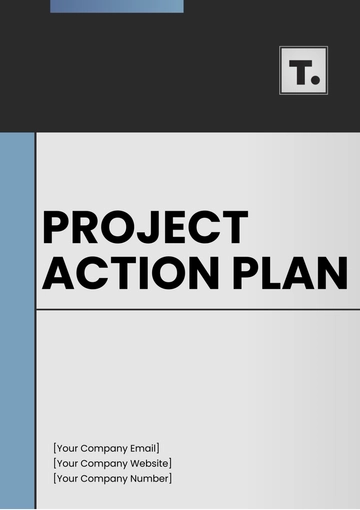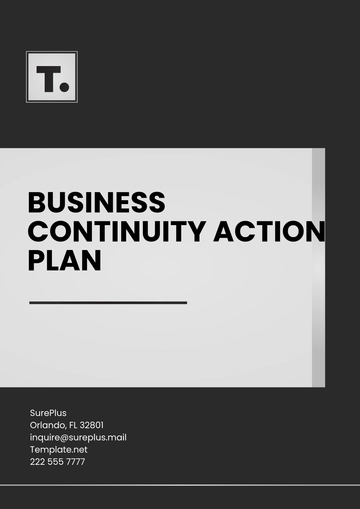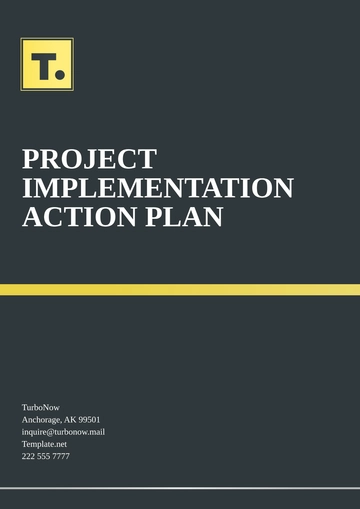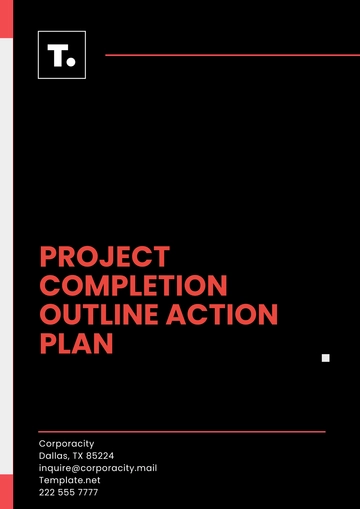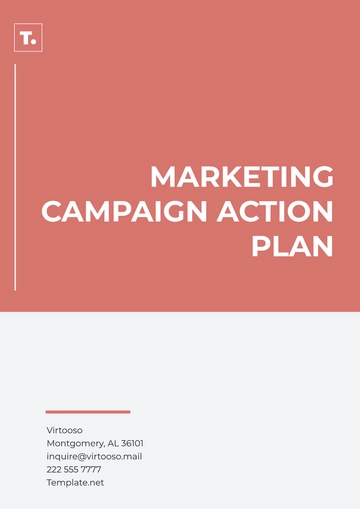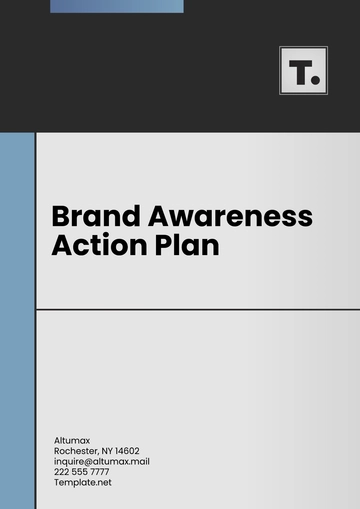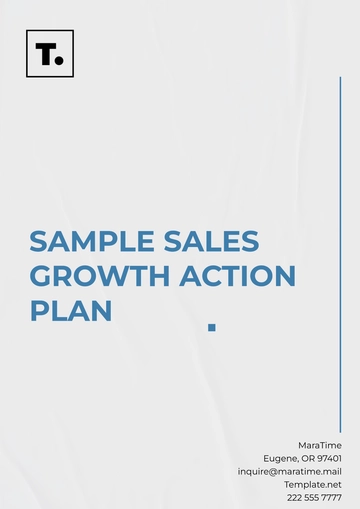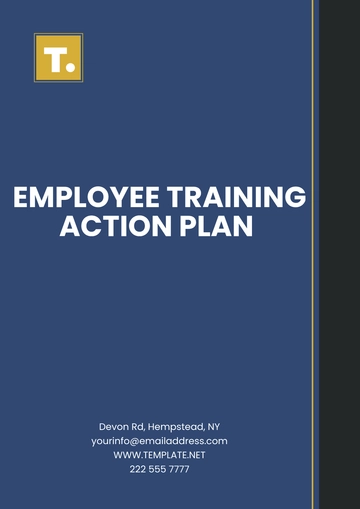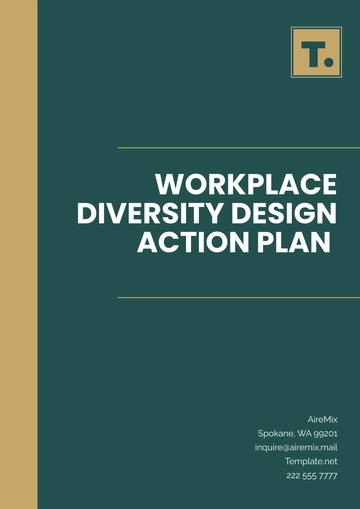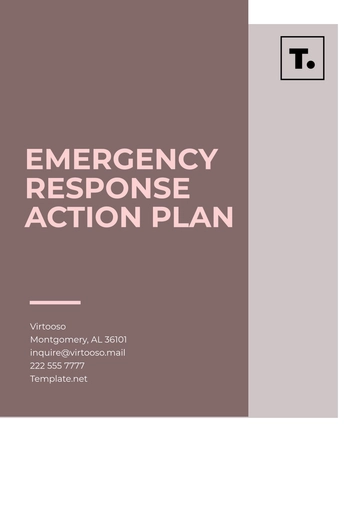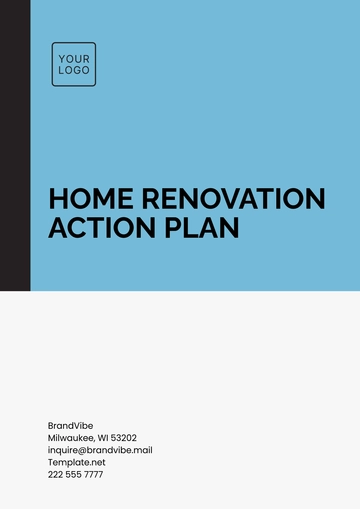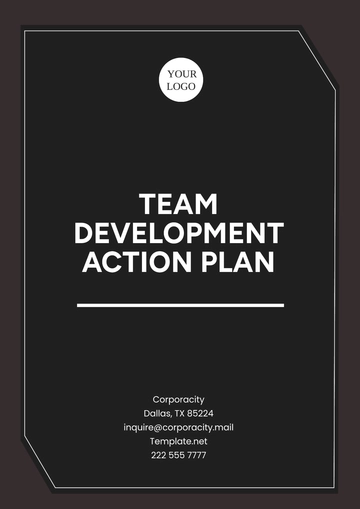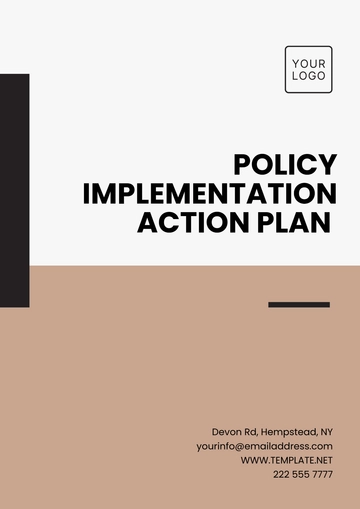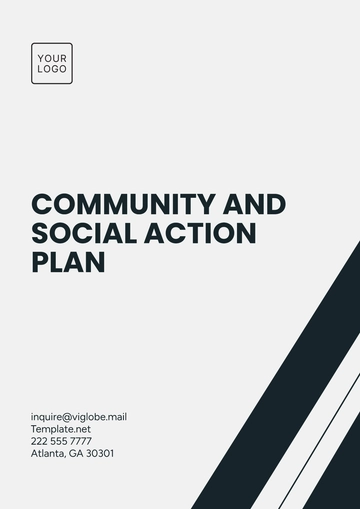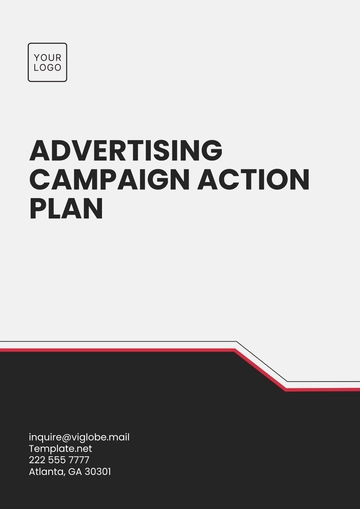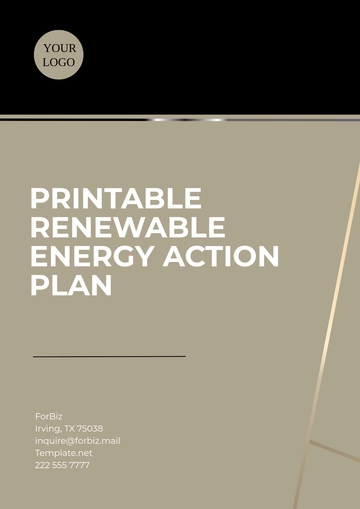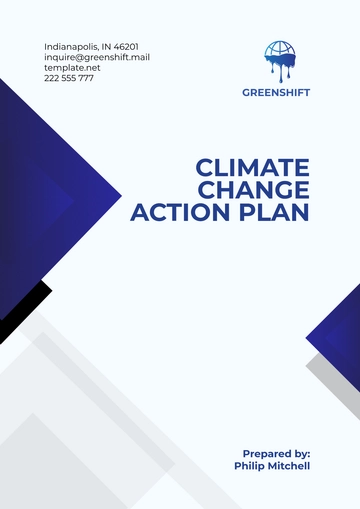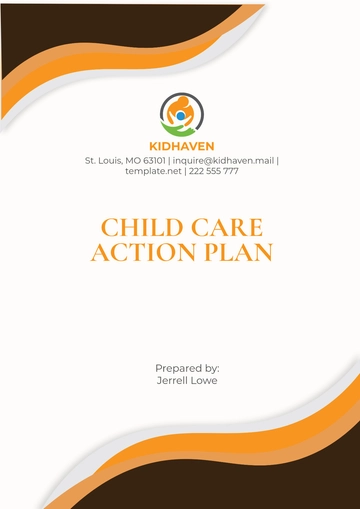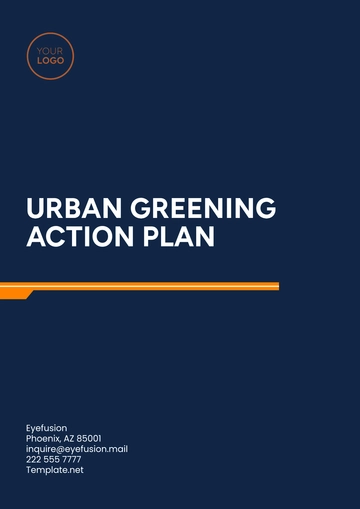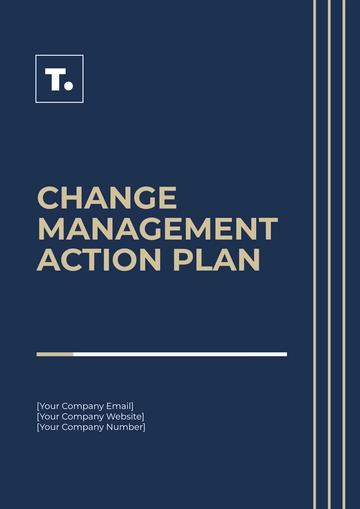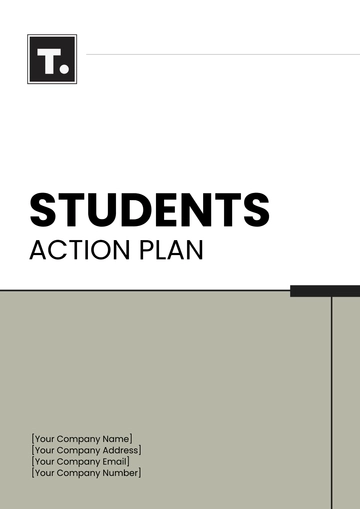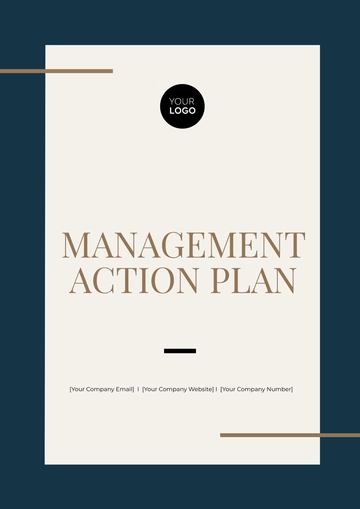Free Hotel Sales and Marketing Action Plan
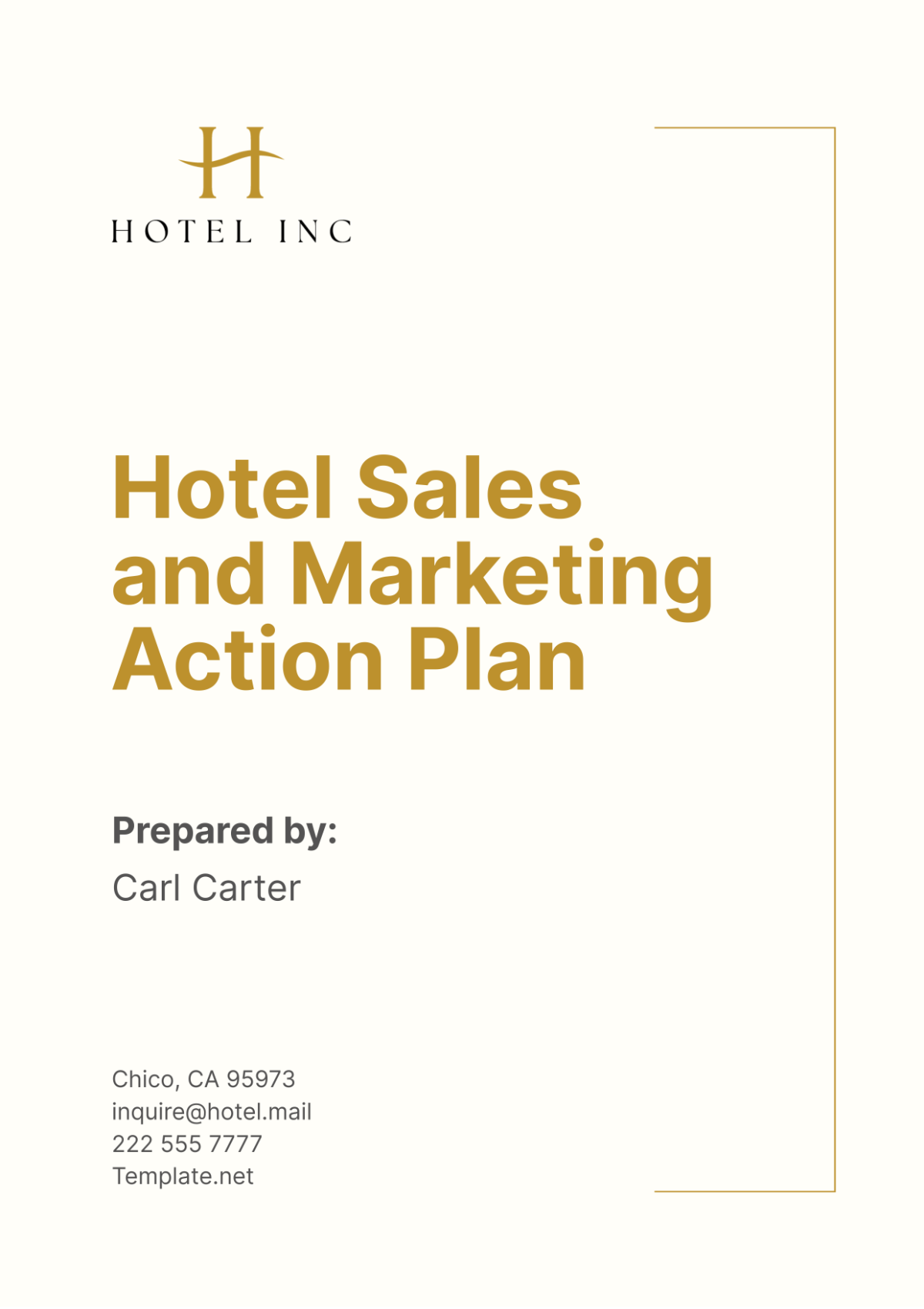
I. Executive Summary
The Hotel Sales and Marketing Action Plan for [Your Company Name] details the strategic initiatives and tactical steps we will undertake over the next fiscal year to enhance our market presence, increase occupancy rates, and boost revenue. This comprehensive plan includes an in-depth market analysis, identification of target segments, establishment of strategic objectives, a detailed marketing strategy, budget allocations, and performance metrics. By leveraging data-driven insights and innovative marketing tactics, [Your Company Name] aims to position itself as a premier choice for travelers and event organizers, ultimately achieving a revenue growth of [20%] and increasing occupancy rates by [15%].
II. Market Analysis
A. Industry Overview
The hospitality industry is experiencing a resurgence post-pandemic, with a projected annual growth rate of [5]% over the next five years. Factors driving this growth include increasing travel demand, a robust economy, and evolving consumer preferences. The trend towards personalized and experience-driven travel is reshaping the landscape, requiring hotels to adopt more sophisticated marketing and sales strategies. In addition, technological advancements such as contactless check-ins, AI-driven customer service, and sustainable practices are becoming crucial differentiators in the market.
B. Competitive Landscape
[Your Company Name] competes with several key players in the [location] market. Major competitors include [Competitor 1], known for its extensive loyalty program, [Competitor 2], which has strategic partnerships with several airlines, and [Competitor 3], recognized for its strong online presence and aggressive pricing strategies. Each competitor has unique strengths and weaknesses, and understanding these is vital for positioning [Your Company Name] effectively.
C. SWOT Analysis
1. Strengths
Prime Location: Situated in the heart of the city, close to major attractions and business centers.
Strong Brand Reputation: Established over [20] years with high customer satisfaction scores averaging [4.5] stars.
Comprehensive Amenities: Features include a state-of-the-art fitness center, a luxurious spa, and multiple dining options.
2. Weaknesses
Limited Marketing Budget: Compared to top competitors, our marketing budget is [30]% less, which can limit our reach.
Seasonal Fluctuations: Occupancy rates drop by [25]% during off-peak seasons.
Dependence on Corporate Travel: Corporate bookings constitute [60]% of our business, making us vulnerable to economic downturns.
3. Opportunities
Sustainable Tourism: Growing demand for eco-friendly accommodations presents an opportunity to introduce green initiatives.
Digital Nomadism: The rise of remote work opens up the market for extended stay packages targeting digital nomads.
Untapped Leisure Markets: Potential to attract family and adventure travelers with targeted marketing campaigns.
4. Threats
Economic Downturns: Economic instability can reduce travel budgets, impacting occupancy rates.
Intense Competition: Increased competition can lead to price wars, eroding profit margins.
Regulatory Changes: Changes in government regulations related to health and safety, and short-term rentals can affect operations.
D. Target Market Segments
1. Corporate Travelers
Corporate travelers represent [60%] of our current occupancy. This segment seeks convenience, high-speed internet, business facilities, and loyalty programs. We aim to increase corporate bookings by [10]% through enhanced corporate packages and partnerships with local businesses
2. Leisure Travelers
Leisure travelers account for [30%] of bookings. They are drawn to local experiences, recreational amenities, and family-friendly services. We plan to boost this segment by [15]% by promoting our unique local experiences and family-oriented packages.
3. Group Bookings and Events
This segment, including conferences, weddings, and other group events, contributes [10%] to our revenue. Their priorities include spacious event venues, catering services, and technical support. We aim to increase group bookings by [20]% by offering competitive event packages and hosting industry-specific trade shows.
III. Strategic Objectives
A. Increase Occupancy Rates by [15]%
Our goal is to increase overall occupancy rates from [70]% to [85]% by targeting both peak and off-peak seasons with tailored marketing campaigns. We will achieve this through a mix of direct sales initiatives, digital marketing efforts, and promotional offers.
B. Enhance Revenue per Available Room (RevPAR) by [20]%
By optimizing room pricing strategies and upselling services, we aim to boost RevPAR from [$100] to [$120]. This will involve dynamic pricing models, personalized guest experiences, and additional revenue streams from ancillary services.
C. Expand Digital Presence
Enhancing our digital footprint through SEO, social media engagement, and targeted online advertising will increase direct bookings by [25]%. We will invest in a new website, improve our online booking system, and engage with customers through regular content updates and interactive platforms.
D. Strengthen Customer Loyalty
Implementing a revamped loyalty program with personalized rewards will increase repeat bookings by [20]%. The loyalty program will feature tiered rewards, exclusive offers, and personalized experiences based on guest preferences and booking history.
IV. Sales Strategy
A. Direct Sales Initiatives
1. Corporate Outreach
Develop partnerships with [50] local businesses and multinational corporations.
Host quarterly business mixers and networking events, aiming to secure at least [10] new corporate contracts per quarter.
2. Travel Agents and Tour Operators
Offer competitive commission rates and exclusive packages to travel agents, targeting [100] new agents by year-end.
Collaborate with [20] tour operators for bundled travel experiences, aiming to increase package sales by [30]%.
3. Group Sales
Provide tailored proposals and discounts for large group bookings, aiming to secure [25] group events annually.
Attend [5] trade shows and industry conferences to network with event planners and secure bookings for conferences and weddings.
B. Online Sales Initiatives
1. Website Optimization
Redesign the website for a user-friendly experience and seamless booking process, targeting a [30]% increase in website conversion rates.
Implement chatbots for instant customer support, aiming to reduce response time to less than [5] minutes.
2. Search Engine Optimization (SEO)
Use targeted keywords to improve search engine rankings, aiming to increase organic traffic by [40]%.
Create high-quality content such as blogs and guides to attract organic traffic, publishing at least [2] posts per week.
3. Online Travel Agencies (OTAs)
Negotiate better terms with OTAs for increased visibility and lower commission rates, aiming to reduce costs by [10]%.
Utilize OTA analytics to understand booking patterns and preferences, adjusting marketing strategies accordingly.
V. Marketing Strategy
A. Digital Marketing
1. Social Media Campaigns
Engage with customers on platforms like Instagram, Facebook, and Twitter through regular posts, stories, and live sessions, aiming to increase followers by [50]%.
Use influencer partnerships to reach wider audiences, targeting collaborations with at least [10] influencers.
2. Email Marketing
Send monthly newsletters with updates, promotions, and personalized offers, aiming for an open rate of [25]% and a click-through rate of [5]%.
Segment email lists based on customer preferences and booking history, creating tailored content for different segments.
3. Content Marketing
Publish blog posts and videos showcasing local attractions and hotel amenities, aiming for [20] posts and [10] videos annually.
Collaborate with local influencers and bloggers to create authentic content, targeting [15] collaborations.
B. Traditional Marketing
1. Print Advertising
Place ads in travel magazines, newspapers, and local publications, targeting an audience of [50,000] readers per month.
Design eye-catching brochures and distribute them at tourist information centers and events, printing [10,000] copies annually.
2. Public Relations
Host press tours and media events to generate buzz, aiming for coverage in [10] major media outlets.
Issue press releases for significant milestones and new offerings, targeting at least [5] press releases annually.
C. Promotions and Special Offers
1. Seasonal Packages
Create themed packages for holidays, festivals, and special occasions, aiming to sell [500] packages annually.
Offer discounts for early bookings and extended stays, targeting a [20]% increase in bookings during off-peak seasons.
2. Loyalty Programs
Introduce tiered loyalty programs with exclusive benefits, aiming to enroll [1,000] new members.
Reward customers for referrals and social media engagement, targeting [200] referrals and [500] social media interactions.
VI. Budget Allocation
A. Sales Budget
Allocate [$500,000] for direct sales initiatives, including corporate events, trade show participation, and sales team incentives. This will cover expenses such as event hosting, travel costs, and promotional materials.
B. Marketing Budget
Allocate [$300,000] for digital marketing, including social media campaigns, SEO, and content creation. Allocate [$200,000] for traditional marketing, including print advertising and public relations efforts. This budget will support various marketing activities designed to increase brand awareness and drive bookings.
C. Contingency Fund
Set aside [$100,000] as a contingency fund for unexpected expenses and opportunities. This fund will provide flexibility to respond to market changes and capitalize on emerging trends.
Table 1: Budget Allocation
Category | Amount ($) |
|---|---|
Direct Sales Initiatives | 500,000 |
Digital Marketing | 300,000 |
Traditional Marketing | 200,000 |
Contingency Fund | 100,000 |
Total | 1,100,000 |
VII. Performance Metrics
A. Key Performance Indicators (KPIs)
1. Occupancy Rate
Monthly and quarterly tracking of occupancy rates to gauge performance against targets, aiming to achieve an annual average of [85]%.
2. RevPAR
Regular monitoring of RevPAR to assess revenue optimization efforts, targeting a year-end RevPAR of [$120].
3. Direct Bookings
Track the percentage of direct bookings via the website and mobile app, aiming to increase direct bookings from [40]% to [65]%.
4. Customer Satisfaction
Use customer feedback, reviews, and surveys to measure satisfaction levels, aiming for an average satisfaction score of [4.5] out of [5].
B. Reporting and Analysis
Generate monthly and quarterly reports to review progress and adjust strategies as needed. These reports will include detailed analysis of occupancy rates, RevPAR, direct bookings, and customer satisfaction.
Conduct bi-annual SWOT analysis to reassess market position and competitive landscape, making necessary adjustments to the strategic plan.
Table 2: KPI Targets
KPI | Current Value | Target Value |
|---|---|---|
Occupancy Rate (%) | 70 | 85 |
RevPAR ($) | 100 | 120 |
Direct Bookings (%) | 40 | 65 |
Customer Satisfaction | 4.0 | 4.5 |
VIII. Implementation Timeline
A. Q1
Website Launch: Launch the new website and implement SEO strategies by the end of January.
Corporate Outreach: Begin corporate outreach and host the first business mixer by March.
Digital Marketing: Kick off social media campaigns and start influencer partnerships.
B. Q2
Print Advertising: Initiate print advertising in travel magazines by April.
Seasonal Packages: Roll out seasonal packages for spring and summer travel.
Press Tours: Host the first press tour and media event in June.
C. Q3
Loyalty Program: Introduce the revamped loyalty program by July.
Group Sales: Target trade shows and industry conferences for group sales opportunities.
Content Marketing: Publish blog posts and videos focusing on summer attractions.
D. Q4
Review and Adjust: Conduct end-of-year performance review and adjust plans for the next fiscal year.
Winter Packages: Launch winter-themed packages and promotional offers.
Customer Feedback: Collect and analyze customer feedback to improve services.
Table 3: Implementation Timeline
Task | Q1 | Q2 | Q3 | Q4 |
|---|---|---|---|---|
Website Launch | January | |||
Corporate Outreach | March | |||
Social Media Campaigns | February | |||
Print Advertising | April | |||
Seasonal Packages | May | November | ||
Press Tours | June | |||
Loyalty Program | July | |||
Group Sales | August | |||
Content Marketing | September | |||
End-of-Year Review | December |
IX. Risk Management
A. Economic Risks
Diversify Markets: Target both leisure and corporate segments to mitigate the impact of economic downturns.
Flexible Pricing: Implement dynamic pricing models to adjust rates based on demand and economic conditions.
B. Competitive Risks
Innovation: Continuously innovate and update service offerings to stay ahead of competitors.
Market Research: Invest in market research to anticipate competitor moves and market trends.
C. Operational Risks
Staff Training: Implement robust training programs for staff to ensure high service standards.
Operational Protocols: Regularly review and update operational protocols to address potential risks and ensure compliance with industry regulations.
X. Conclusion
The Hotel Sales and Marketing Action Plan for [Your Company Name] outlines a comprehensive approach to achieving our strategic objectives. By focusing on targeted sales initiatives, robust marketing strategies, and continuous performance monitoring, we aim to increase occupancy rates, enhance revenue, and solidify our market position. With a dedicated team and a clear vision, [Your Company Name] is poised for success in the competitive hospitality industry. Our goal is to not only meet but exceed customer expectations, ensuring sustained growth and profitability.
- 100% Customizable, free editor
- Access 1 Million+ Templates, photo’s & graphics
- Download or share as a template
- Click and replace photos, graphics, text, backgrounds
- Resize, crop, AI write & more
- Access advanced editor
Execute your hotel's sales and marketing strategies effectively with the Hotel Sales and Marketing Action Plan Template from Template.net. This editable document provides a structured framework for implementing action steps, timelines, and responsibilities. Customizable in our AI Editor Tool, streamline your efforts for maximum impact.
